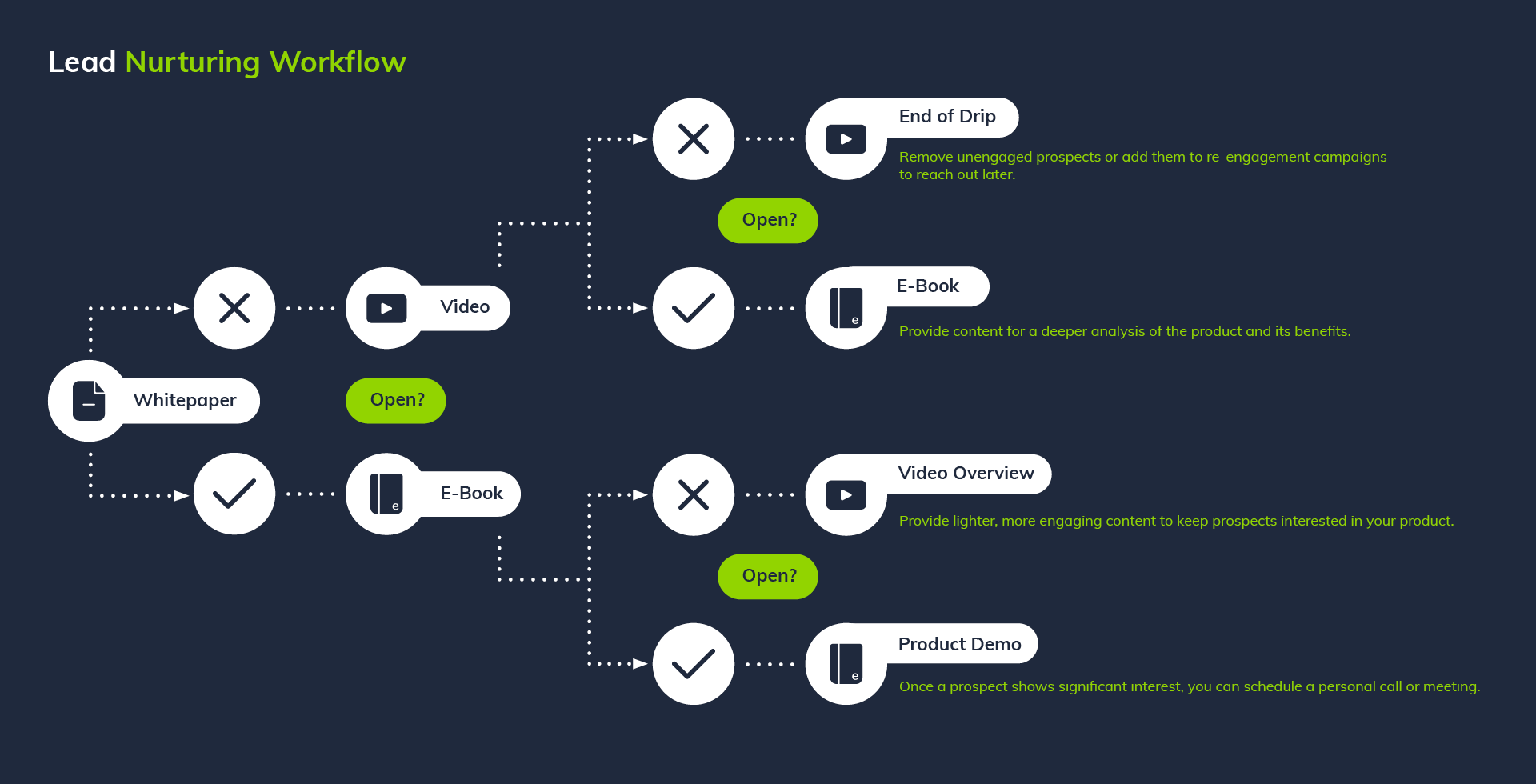The idea of automating your marketing efforts might seem counterintuitive to business owners who value authenticity. After all, marketing has traditionally been a creative and human-centered endeavour. However, with the right approach, marketing automation can complement your existing strategies, enabling you to maintain a personal touch while scaling your efforts.
Automation offers a powerful way to improve efficiency and drive growth without sacrificing authenticity, especially for small and medium-sized enterprises (SMEs) with limited resources. In this beginner’s guide to email marketing automation, we walk you through the basic steps to kickstart your email automation journey.
What is Marketing Automation?
Marketing automation uses software to automate repetitive marketing tasks, such as sending emails, setting up customer journeys, and tracking customer interactions. It enables businesses to streamline their marketing efforts, allowing them to focus on more strategic activities while maintaining a consistent and personalised connection with their audience.
By automating key processes, businesses can nurture leads, convert prospects into customers, and engage existing customers without constant manual intervention. This ensures potential customers receive the right message at the right time based on their interactions with your brand.
Here’s an example of how email marketing automation works. Imagine a new customer visits your website and signs up for your newsletter. With marketing automation, this action can trigger a series of automated emails at set time intervals to welcome that customer by name, introduce them to your products or services, and offer them a discount on their first purchase. This process happens automatically, freeing your team to focus on other tasks while ensuring each customer receives a personalised experience that helps keep your business top of mind.
It’s important to note that marketing automation doesn’t replace the human element – it enhances it. By automating routine tasks, marketing automation allows you to focus on building relationships, crafting creative campaigns, and analysing results to make data-driven decisions.
The Value of Email Marketing Automation for Your Business
Save Time and Be More Efficient
Automating repetitive tasks – such as sending emails, creating workflows or segmenting your audience – ensures your marketing activities continue to run smoothly, while freeing up time for you to focus on strategic initiatives.
Scale with Minimum Extra Resources
Marketing automation allows you to scale your campaigns effortlessly. Whether you’re targeting a few dozen or thousands of customers, email automation tools can handle the increased volume without compromising on quality or personalisation.
Find Valuable Leads that Evolve
Email marketing automation excels at nurturing leads, guiding them through the sales funnel with tailored content that addresses their needs and interests.
Use Data to Inform Business Decisions
From open and click-through rates to customer behaviour and purchase history, automation tools gather valuable information that helps you understand what’s working and what isn’t.
Be Consistent for Brand Loyalty
Whether sending out a series of onboarding emails or event-triggered messages, automation helps maintain consistent communication and build trust with your audience.
Is marketing automation worth the effort of figuring it all out? Studies say absolutely! Here’s why…
7 Steps to Get Started with Marketing Automation
- Assess Your Needs
Evaluate your current marketing efforts and identify repetitive tasks that could be automated for more impact.
- Choose the Right Platform
Select a platform that aligns with your needs, budget, and desired features.
- Start Small: Implement Basic Workflows
Begin with simple workflows like welcome emails or follow-ups for non-responsive leads.

- Customise and Expand Your Workflows
Create more sophisticated workflows that cater to different customer actions and behaviours.

- Integrate with Existing Systems
Ensure your automation platform connects with your CRM, analytics, and other tools for a unified strategy.
- Monitor, Analyse, and Optimise
Review analytics regularly and refine your messaging and workflows to improve performance.
- Scale Your Efforts
As you get comfortable, build additional workflows and use features like dynamic content for enhanced personalisation.
Optimisation Tip: Consider running A/B split tests to improve your email campaigns over time.
Do More with Less
Marketing automation enables you to do more with fewer resources. It’s not just about saving time – it’s about delivering smart, engaging, and consistent communication that grows your brand and business.
Take the Next Step in Your Email Marketing Automation Journey
Step up to the next level in your email marketing automation journey and explore the user-friendly automation tools and easy workflow creation capabilities of our Everlytic platform.



